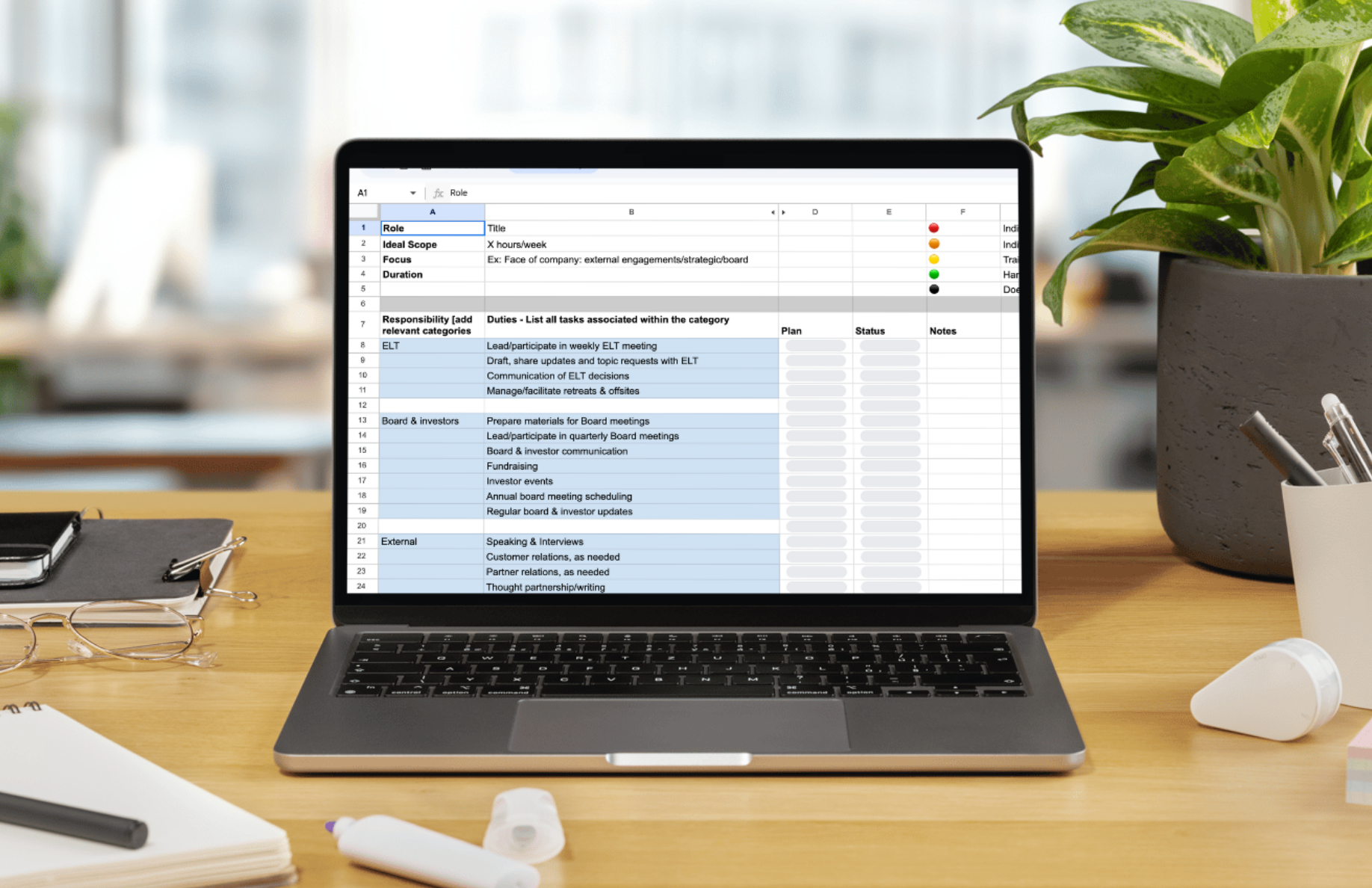Energy As Currency
In some industries, success is measured in fractions of a second. In Formula 1, even the smallest unnecessary motion can cost a win. Drivers cover nearly 200 miles in about 90 minutes, sitting inches above the track, enduring up to 5 G of force through turns. Yet the race isn’t won on the track alone.
Each driver relies on a pit crew that can change four tires in just over two seconds. Twenty-plus people move in perfect sequence. It isn’t supernatural speed, it’s precision. Every gesture has purpose and nothing is wasted.
Every pit stop costs time, but it’s necessary. Tires wear down, fuel depletes, and eventually performance drops. Stay out too long and you lose more than you gain. The pause might be what wins the race.
The best drivers aren’t always the fastest, they are the best at balancing speed and recovery. They have mastered the rhythm of push, pause, and re-enter.
Leaders could learn something from that rhythm.
We’re conditioned to move fast and maximize productivity. Our culture celebrates speed and downplays rest. Instead of pausing, we chase productivity and grit. But as in F1, performance eventually begins to slip.
We don’t burn out from lack of speed. We burn out from skipping the pit stops.
Over the past year, my role as CEO has steadily evolved. I own less of the day-to-day and focus more on the long term. The transition was harder than expected. A wider focus means very little to show for myself each day.
I had internalized that worth = hard work and exhaustion = proof of effort. It feels good to be busy. But busy isn’t always progress. It’s often wasted motion.
Productivity carried me far, but it couldn’t carry me forward.
Here’s what I realized: We’ve been managing the wrong thing. Our time is fixed, our energy decides how we use it. Energy is deeply personal, constantly shifting. It is our real currency, the invisible balance that determines whether we win or lose.
The F1 teams are engineered systems with huge resources, training, and practice time. Their goal is incredibly fast pit stops, so they have choreographed the minimum amount of motion and energy required to achieve their goal.
The goal is to experiment with how much motion you can eliminate so each move you make is intentional.
We draw from four types of energy: physical, cognitive, emotional, and creative.
Withdrawals sound like Slack pings, unclear expectations, or endless meetings.
Deposits sound like deep work, trust, laughter, time in nature, or community. And also like delegation, alone time, and support systems.
When I’m drained, I get serious, efficient, and small. When my energy is full, I’m playful and bold. That’s when I say yes to cliff-jumps with my kids or salsa lessons with my husband.
What are some signs of your energy surpluses or deficits?
In organizations, wasted motion compounds. A little confusion in roles, one redundant check-in is multiplied across your team and suddenly everyone’s tires are wearing thin.
This is a tough balance. There will always be crunch times and periods of extreme hustle. But the trick is to keep them to temporary phases that sit under a bigger picture. Precision > hustle.
Recently, I heard Will Guidara, author of Unreasonable Hospitality, speak about building a restaurant where every gesture mattered. It reminded me of a pit crew but for fine dining. They were deliberate, precise, human.
His talk inspired our Managing Director, Sara, and me to re-examine how we work. Excellence isn’t about doing more. It’s about doing what matters, deliberately. We wanted our team to know exactly where and how to pour their energy. Not just to reach our goals, but to protect their own well-being.
We stepped away from the noise for a few days to ask ourselves a few deceptively simple questions:
What do we want to embody?
What is our ultimate goal?
How do we, in our own way, get there?
The clarity that came from that pause is reshaping how we work. We focused on designing instead of optimizing and are building systems that direct our team’s energy where it matters most, and protect it.
Your team, just as with a pit crew, will be at its best when everyone is perfectly clear on what you’re trying to do and how they uniquely help you do it in the most impactful way possible.
What if you and your team measured your week not by how much you did, but by how few unnecessary moves you made?
What is one energy drain you can remove right now? Maybe you cancel that one meeting you dread every week.
What is one energy deposit you add right now? Perhaps you bake in daily walks with nature as your soundtrack?
The leaders who last don’t manage time. They manage recovery. They eliminate wasted motion so each move matters.
That’s how you stay in the race. How you stay steady, intentional, and alive.

 By
By


